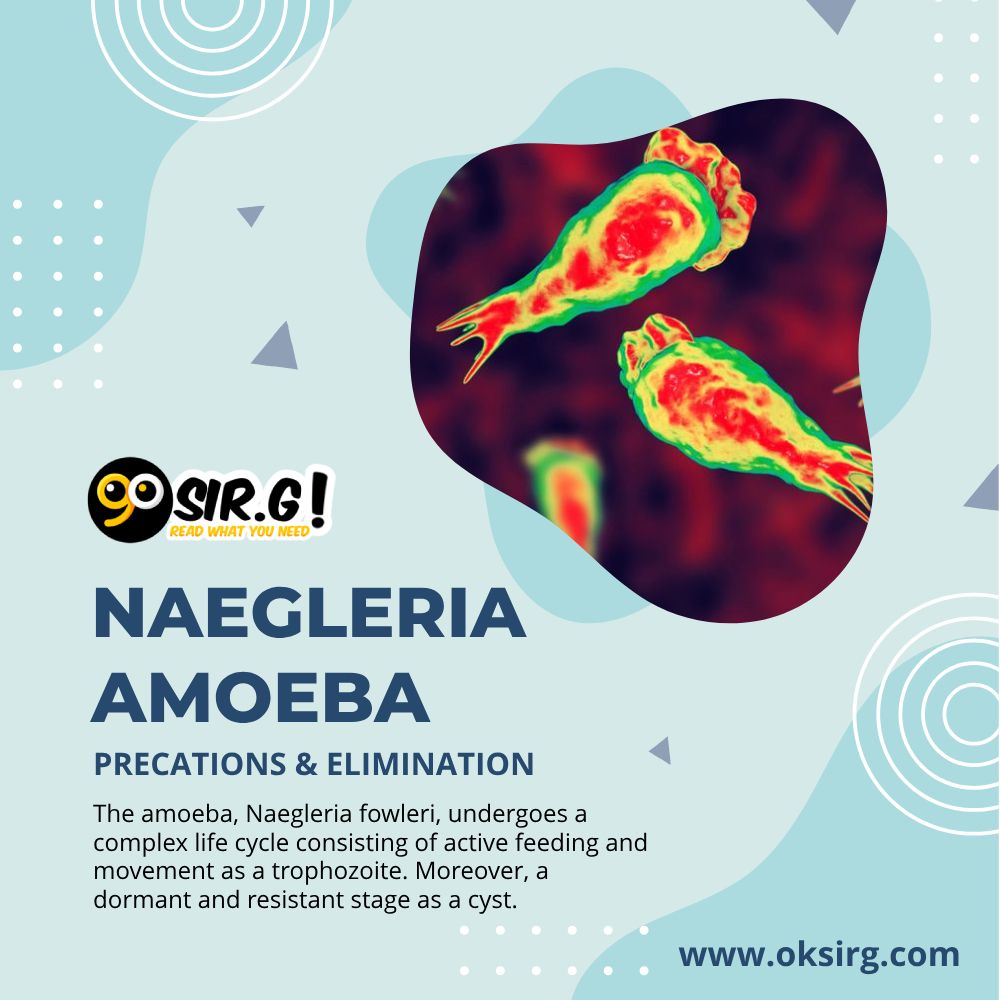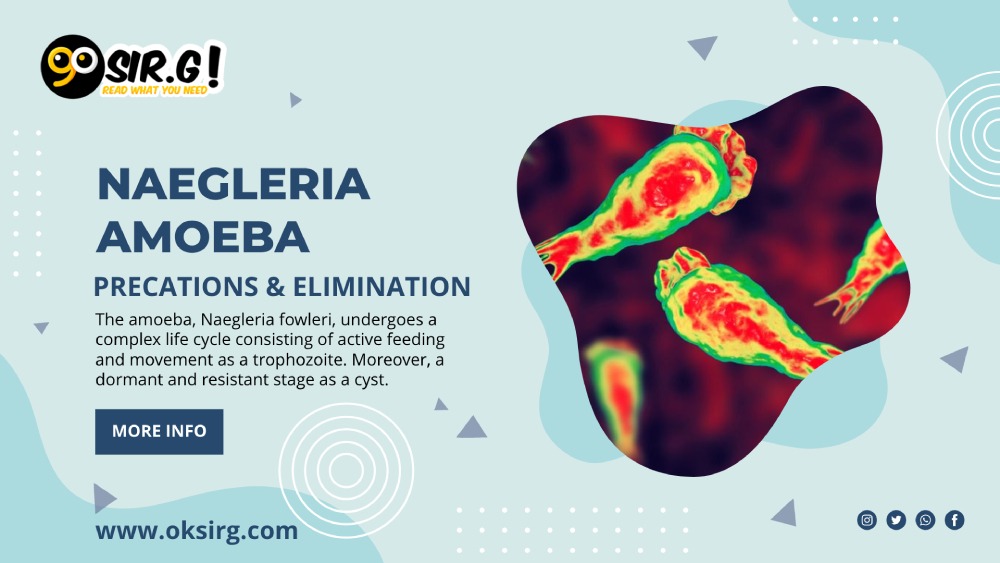The amoeba, Naegleria fowleri, undergoes a complex lifecycle consisting of active feeding and movement as a trophozoite. Moreover, a dormant and resistant stage as a cyst. UV irradiation damages the DNA of the amoeba, disrupting its lifecycle and preventing its reproduction, making it an effective method for water disinfection.
Naegleria fowleri, commonly known as the “brain-eating amoeba,” is a pathogenic amoeba found in warm freshwater environments. Infection with this amoeba can lead to severe brain infections with a high mortality rate. As the need for effective preventative measures increases, it becomes more important to find strategies to eliminate Naegleria fowleri from water sources. This article examines various approaches and technologies that can help combat amoebae while ensuring safer water supplies for recreational activities and public health.
Understanding Naegleria Fowleri And Its Life Cycle:
In order to successfully control Naegleria fowleri, it is important to understand its lifecycle. The amoeba comes in two forms: a trophozoite, which feeds and actively moves, and a cyst, which is a dormant stage resistant to environmental stress. Targeted treatment of both phases of the amoeba lifecycle is essential for effective water treatment.
Chlorination As The Primary Disinfection Method:
Chlorination, or the addition of chlorine compounds to water, is a widely used method of water disinfection. Chlorine effectively kills and inactivates Naegleria fowleri, making it the top choice for water treatment. Moreover, maintaining adequate levels of chlorine in water distribution systems and aquatic recreation facilities is critical to amoeba eradication.
Ultraviolet (UV) Radiation For Water Disinfection:
UV is an alternative water treatment method that has shown promise in removing Naegleria fowleri. UV light damages the amoeba’s DNA, making it unable to reproduce and leading to death. Furthermore, the use of UV irradiation systems in water treatment plants and recreational water sources can provide additional protection against amoebas.
Ensure Proper Water Flow And Temperature:
Naegleria fowleri thrives in warm, stagnant water. Promoting good water flow and circulation in water storage systems, and swimming pools. Furthermore, hot springs can help destroy amoeba habitats and curb their growth. Additionally, maintaining cooler water temperatures may discourage Naegleria fowleri from reproducing, as the amoeba prefers temperatures above 25°C.
Regular Cleaning And Maintenance Of Hydraulic Infrastructure:
Regular cleaning and maintenance of water infrastructure are essential to prevent the accumulation of biofilm and debris that can create favourable conditions for Naegleria fowleri. Flushing water systems, cleaning storage tanks, and regularly disinfecting water distribution systems are essential measures to minimize the presence of amoebas.
Public Education And Awareness-Raising:
Public education and awareness campaigns play a key role in preventing Naegleria fowleri infection. Educating the public about the dangers of warm freshwater activities and promoting preventive action can help people make informed decisions. Emphasizing the importance of using a proper nose guard, and avoiding standing water. Furthermore, adhering to good hygiene practices can go a long way in reducing the risk of infection.
Eliminating Naegleria fowleri from water sources is an important step in preventing infection and protecting public health. Strategies such as chlorination, UV exposure, maintaining proper water flow and temperature. Moreover, regular cleaning and maintenance, and public education all contribute to effective water treatment. By implementing these approaches, water treatment facilities, recreational water sources, and public health agencies can work together to reduce the risk of infection with Naegleria fowleri. Furthermore, provide a safer recreational water supply, and protect the community’s well-being.
FAQS!
Q: What is the role of education and public awareness in preventing Naegleria fowleri infection?
A: Public education and awareness campaigns are essential to prevent infection with Naegleria fowleri. By educating the public about the risks of warm freshwater activities and promoting preventive measures such as proper nose protection. Furthermore, by avoiding standing water and good hygiene, people can make informed decisions and reduce their risk of infection.
Q: Can Naegleria fowleri infections be cured?
A: Naegleria fowleri infections are difficult to treat and mortality is high. Early diagnosis and prompt medical attention are crucial, but unfortunately, the prognosis is often poor. Moreover, prevention through water treatment and public awareness is key to minimizing the risk of infection.









Leave feedback about this
You must be logged in to post a comment.